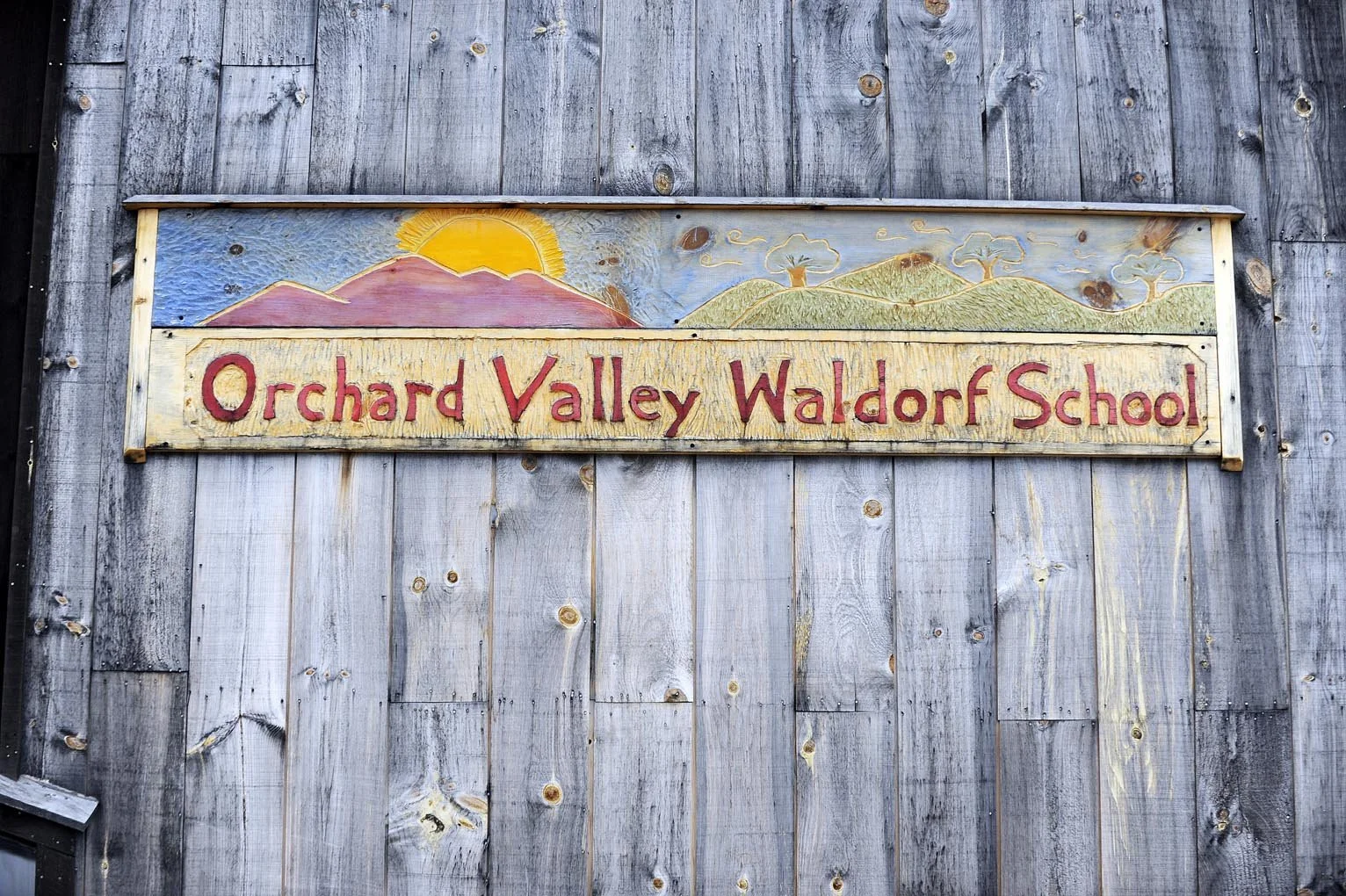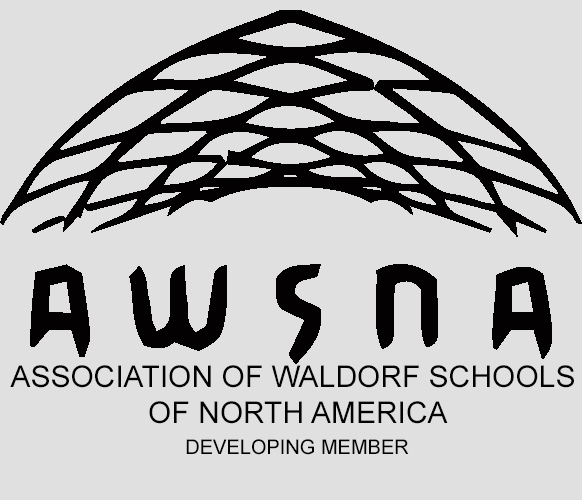From Grade 2/3 Mentor, Mary Fettig. Mary is a long-time Waldorf teacher working with new grades teacher Laurie Kozar this year.
We are all familiar with the bright and colorful paintings our children bring home from their Waldorf experiences and we give them prominent spaces on our walls, frame them for gifts to share with relatives, and look on with wonder at our budding artist. Yes, the pictures are gorgeous, but the product is not the point; it is the outcome of a process that is deliberate and purposeful.
Beginning in Nursery classes, children are invited to sit at a table in front of small jars of blue, red, and yellow paints and they are left to explore the colors and how each one expresses itself. Red is bold and fiery, blue expansive and cold, and yellow a bright and cheerful mediator of the two. Moving into the early grades, the child experiences, they learn what happens when these colors meet--new ones are born! Now there are green, orange, and purple, and sometimes a form arises out of the meeting of color. Fine motor skills are brought into play, senses are activated, and an individual's inner being is lifted up. Slowly the student learns how much paint to leave in the brush, what to do when things are not going as planned, and when it is time to call a painting "done."
Bold, contrasting colors set a mood. Through color stories, or working on paintings that reflect a Main Lesson's content, our students find ways to reflect what is living deeply inside of them and to bring this out onto their painting.
In older classes, students work with more detail, more colors and even charcoals, exploring the contrast of light and dark, shadows and shapes. These are the years the class is studying the physics of light and color and the art classes support this.
Throughout their artistic experiences moving through the grades, the students are exposed to quality materials and can find a means of healthy expression through art, a relationship to the outer world, and a deep satisfaction that can only come from a creative impulse that finds expression in form.
"Pictorial solutions whose theme and form are in harmony, awaken confidence and stability within us." Jane Mattis-Teutsch






